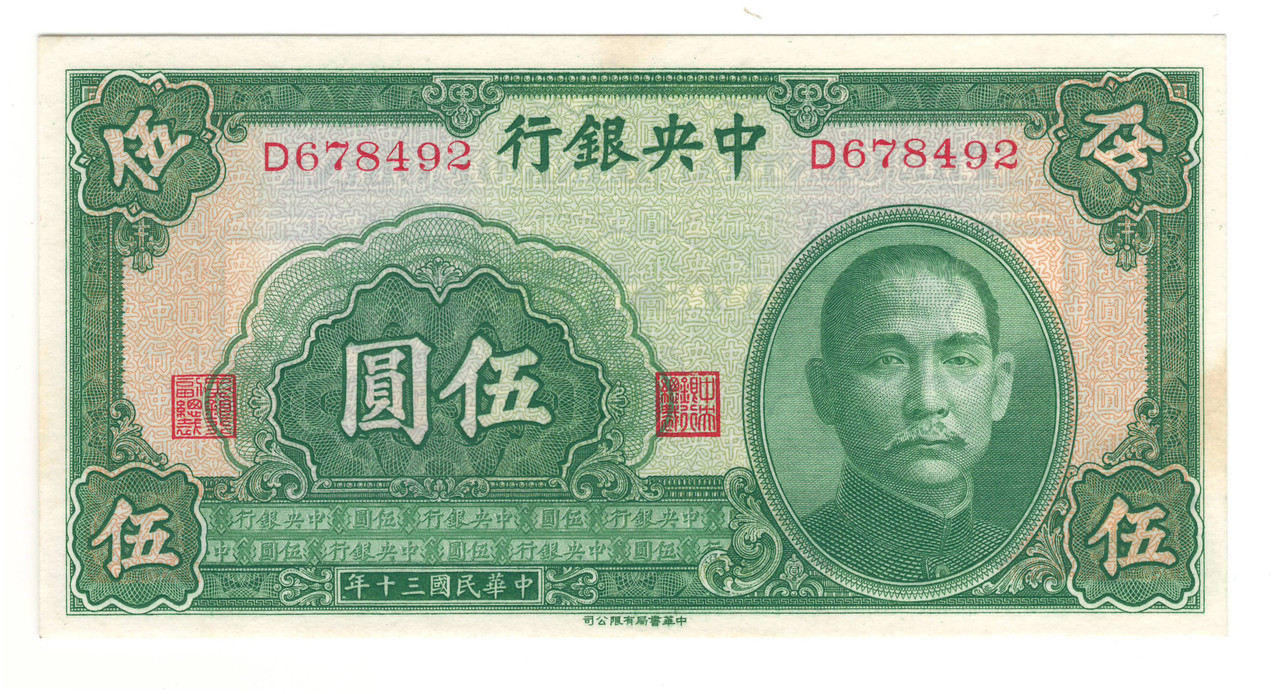
Introduction to Chinese Currency
The Chinese currency, officially known as the Renminbi (RMB), plays an increasingly vital role in the global economy. As China continues to emerge as a significant economic powerhouse, understanding the dynamics and fluctuations of the Chinese currency is crucial for investors, businesses, and policymakers worldwide. Recent developments have drawn attention, highlighting the currency’s impact on international trade, investment strategies, and economic forecasts.
Current Trends and Developments
In recent months, the Chinese currency has experienced notable fluctuations, with the yuan depreciating against the US dollar, reaching a 16-year low. This depreciation is attributed to a combination of factors including a slowdown in China’s economic growth, lower demand for exports, and diverging monetary policies between China and the United States. The People’s Bank of China (PBOC) has taken measures to stabilize the currency, including adjusting interest rates and implementing currency controls.
One significant event that has contributed to the currency’s volatility is the US Federal Reserve’s decision to maintain elevated interest rates. As the dollar strengthens, it exerts pressure on the yuan, making Chinese exports more expensive in comparison to US goods. Furthermore, recent trade tensions and geopolitical uncertainties have aggravated concerns about currency stability, influencing investor sentiment.
Implications for Global Trade
The fluctuations in the Chinese currency have profound implications for global trade. As China is the world’s largest exporter, the yuan’s depreciation may stimulate demand for Chinese products by making them cheaper abroad. However, it can also prompt concerns about rising inflation in imported goods for countries that rely heavily on imports from China.
Moreover, many countries are testing the waters of utilizing the yuan for trade settlements in a bid to diversify their currency reserves. This strategy not only reduces dependency on the US dollar but also opens up opportunities for deeper economic ties with China. Recent reports suggest an increase in countries establishing bilateral trade agreements with China, aiming to exchange goods and services directly in yuan.
Forecasts and Conclusion
Looking ahead, analysts suggest that the direction of the Chinese currency will largely depend on domestic economic policies and global market conditions. The PBOC’s interventions will likely be a determining factor in stabilising the yuan in the short term. In a broader context, the sustained weakening of the yuan could accelerate the push towards internationalisation of the currency, with China seeking greater influence over global economic structures.
In conclusion, the Chinese currency is emerging as a focal point in international economics, warranting attention from stakeholders across various sectors. As the landscape continues to evolve, staying informed about developments in the Chinese yuan will be essential for making strategic decisions in an interconnected global economy.
You may also like

The Impact of RB on Modern Banking

Understanding Loans: Impact and Importance in Today’s Economy
